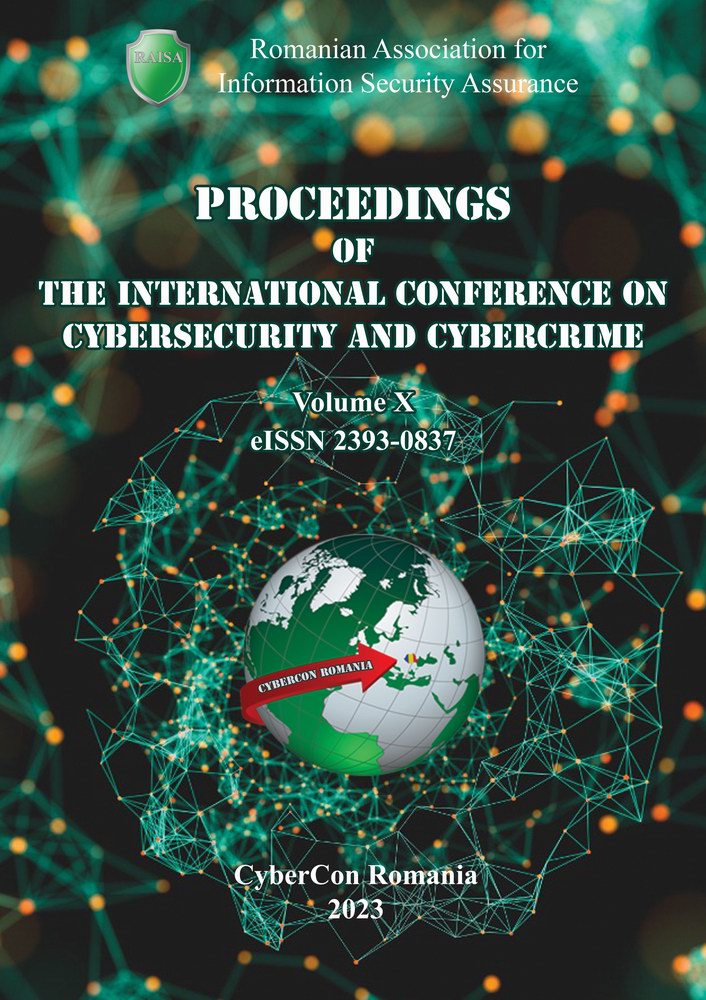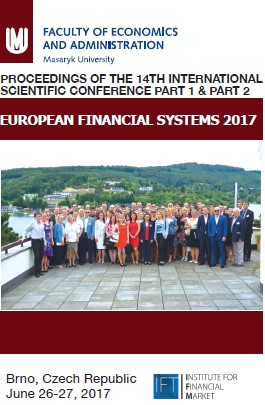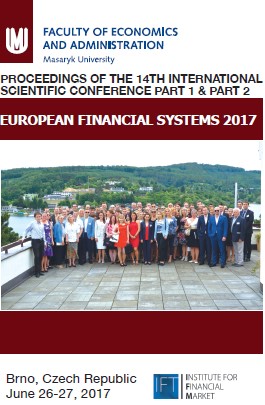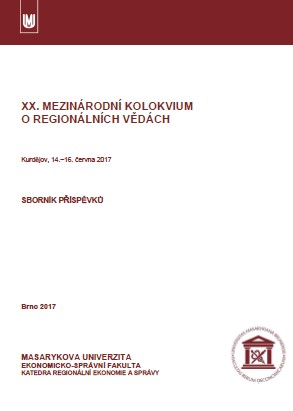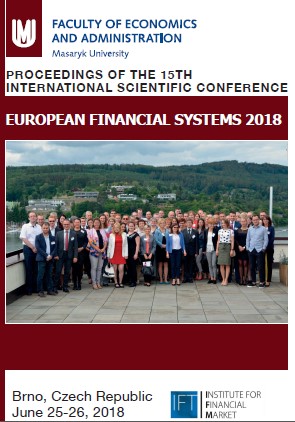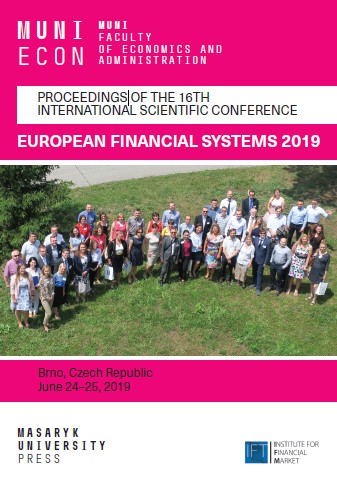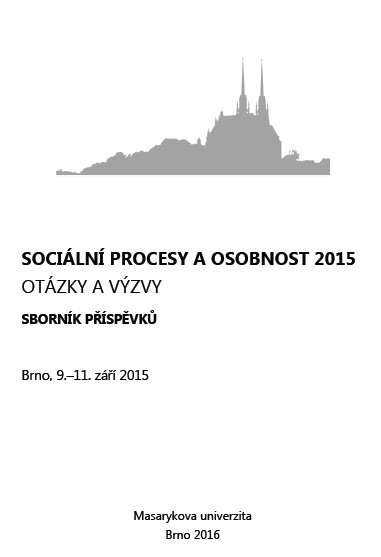
Sebaregulácia, depresivita a problematické používanie internetu
The paper is focused on current problem of Internet use and presents the research result of the problematic internet use. In our research was shown that selfregulation and depression have relation to problematic internet use among secondary school students and also university students. A significant difference was found in subscales of Problematic internet use (Negative outcomes, Mood regulation). The paper is part of realized project focused on research of risky behavior in cyberspace. Attention was also focused on defensive strategies against some forms of risk behavior in cyberspace which students selected as the best. It´s was shown that the most preference strategy was designed "tell it to parents" and the worst strategy was designed "do nothing, it will gone".
More...
